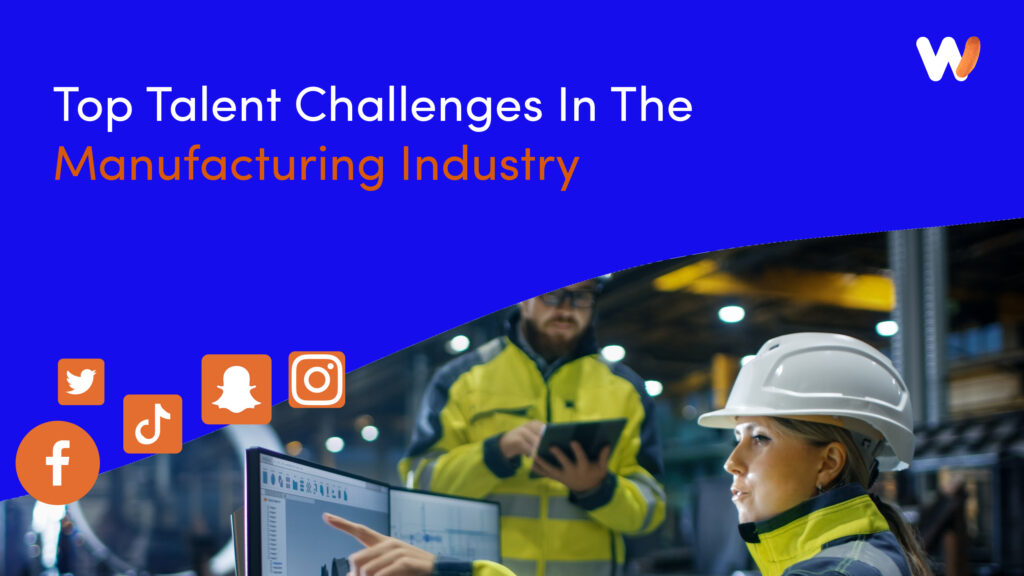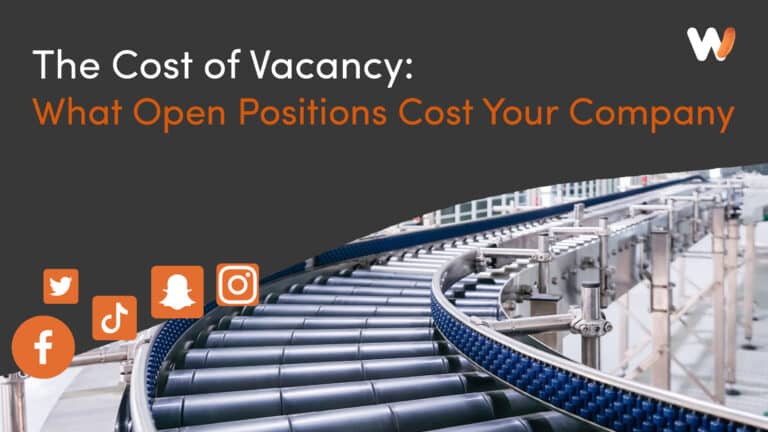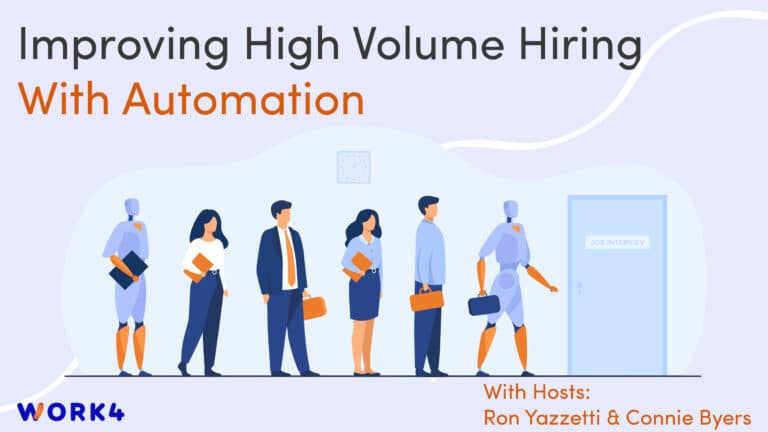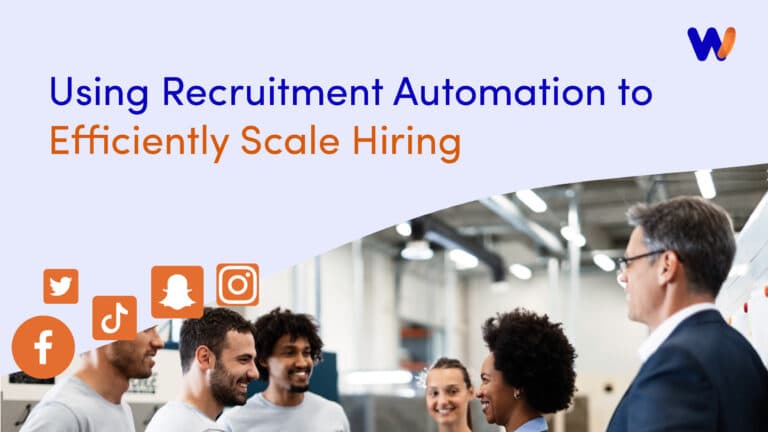The good news is that in many ways, the future is bright for US manufacturing. According to the US Department of Commerce, manufacturing remains a major factor in US economic growth. But to take advantage of new growth opportunities, manufacturing companies need talent. It’s an industry that runs on the skills of its workers and the bad news is there is a growing skill gap in America.
According to a 2018 joint report from Deloitte and The National Association of Manufacturers, the industry will need to fill 4.6 million jobs by 2028. However, the study projects that 2.4 million jobs will go unfilled due to a lack of trained workers. And, that was before the COVID-19 pandemic cost the manufacturing industry 1.4 million jobs.
Luckily, there are already signs of a recovery. As of January, the US Bureau of Labor Statistics reports that manufacturing has recovered 803,000 of those jobs. That means, every day there are a growing number of new opportunities for you to search for talent. But despite this rise in the number of jobs, skills shortages and other challenges will continue to be an issue for manufacturing firms. Below are some of the top talent challenges in the manufacturing industry, and some tips on how to overcome them.
Managing The Impacts of COVID-19
Throughout 2020 and into 2021 shutdowns necessitated by the pandemic are placing added pressure on an already struggling sector. In the current environment, manufacturers have to juggle concerns related to quarantines, social distancing, and shutdowns. Many now find themselves struggling with worker safety while managing growing staffing issues. As we head into the last part of 2021 and the Delta Variant raises new and growing safety concerns manufacturers will continue to feel the effects in their search for talent.
To combat these new health and safety concerns, manufacturers will need to prioritize a focus on the safety and health of their employees. That means adapting new procedures and practices in the workplace as well as training workers to comply with ever-changing health regulations. They will also need to focus on communicating these standards to new potential candidates.
Viewing an Aging Workforce as an Asset
At this point, there is no denying that America, in general, is facing a workforce exodus with Babyboomers rapidly approaching retirement age. According to a report by Panopto Workplace Knowledge and Productivity, as of 2017, nearly 25% of the manufacturing workforce was 55 or older. Furthermore, with the loss of these workers, a lack of knowledge transfer is estimated to cost large companies approximately $ 47 million per year.
To make the most of an aging workforce, it’s important that manufacturing companies do all they can to limit the loss of expertise and knowledge when experienced workers retire. One way to increase knowledge transfer is to make the most of your aging workforce. Mentorship programs that pair seasoned workers with younger ones are a great way for younger generations to learn not only the what and how, but most importantly the why behind decades of skill.
The Industry-wide Image Problem
The manufacturing industry has long faced an image problem. The reality is that careers in modern manufacturing are high-tech, clean, safe, and profitable, but a lot of the current generations fail to realize that. In one Deloit survey, 45% of respondents cited “negative perceptions towards the manufacturing industry” as a primary cause for projected job vacancies. Another Deloit survey reported that less than 5 out of 10 people think manufacturing jobs are “interesting, rewarding, clean, safe, stable and secure.” Furthermore, “less than 3 in10 Americans surveyed said they’d be likely to encourage their kids to pursue a career in manufacturing.” Meaning that part of the challenge of drawing new generations to the factory floor is convincing their parents that manufacturing is a viable career path.
In an effort to overcome image perceptions, manufacturers need to find a way to appeal to women and younger generations. For millennials, and the upcoming Generation Z, inclusivity, as well as environmental and social consciousness, are far more important than they were to previous generations. Employer branding can go a long way toward changing a company’s image. Additionally, creating community outreach programs that focus on nurturing middle and high school students can help pave the road and offer younger generations a route into a manufacturing career.
The Impact of Automation
Historically, the manufacturing industry has been viewed as similar to manual labor with many positions in the past being physically demanding. Now, though in modern manufacturing that view couldn’t be farther from reality. Today, more and more often factories are embracing automation. Take, for example, the recent commitments to “going green” in the auto industry. As car manufacturers pledge a goal to become fully electric in 10-15 years, finding talent with the right skill set becomes crucial. The factory workers of the future will need to have backgrounds in science, technology, engineering, machine learning, advanced analytics, artificial intelligence, and other forms of emerging technologies. As automation and robotization become the norm, it may mean fewer employees are needed to perform functions handled by robots. But when sensors are used to measure a machine’s operations, someone will need to install the sensors, understand the resulting data and create a dashboard so managers can track productivity. People with these skills are in short supply.
To withstand these changes, manufacturers need to make sure they have the right skills in place for the future. In order to keep current workers longer, adopting a policy of upskilling is essential. In a world where a digitally literate workforce is a must, consider offering in-house training and hands-on workshops. Create a plan that helps existing employees become more comfortable with evolving technologies and new positions.
Closing The Skill Gap
In 2018, a report by Industry Week found that 29% of manufacturing workers believe their skill set is now redundant or will be in the next couple of years, while 38% believe this will be the case in the next 4 to 5 years. Despite this, most manufacturers are not investing in education (as discussed in the previous paragraph) to assist with employee retention. A survey from Tooling U-SME showed that while only 36% of manufacturing companies budget for employee development, two in five companies have an annual staff turnover of at least 20%.
To combat this challenge, manufacturers will need to switch gears. Instead of solely focusing on recruiting new sources of raw talent, they’ll need to implement a well-planned internal system as well. Take the time to design processes and incentives that encourages people to move to areas of the company where their skills may be in demand. Create an employee skill database to achieve a better understanding of your existing staff’s capabilities. Upskilling your workforce is essential to overcome the skills gap. Encourages employee education, growth, and advancement. With so many manufacturing workers believing their skills will be redundant in the next five years, it’s critical to overcome the skills gap. Manufacturers that constantly assess and refine the skills of their organization, while adopting more creative talent strategies,
Finding The Right Talent
Before you can tackle many of the other challenges or solutions mentioned above, you must first find the right talent. A task that can be difficult in a challenging labor market.
However, with modern technology, there are a number of new opportunities that manufacturers can embrace. For example, using ATS software or API software. With the help of modern human resources, information systems, artificial intelligence, and unique algorithms can identify patterns that help hiring managers to find promising candidates in unlikely places. Partner with Work4 today to take advantage of complete recruitment marketing and lead generation systems. Our comprehensive talent acquisition suite provides unmatched breadth and depth of functionality. Learn how we can help you today.








